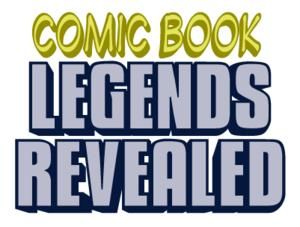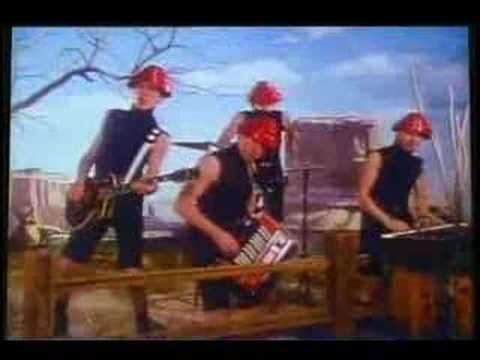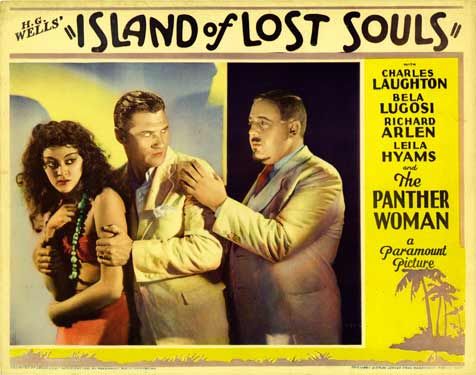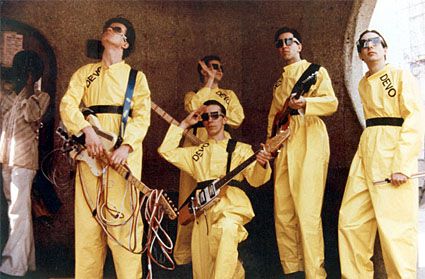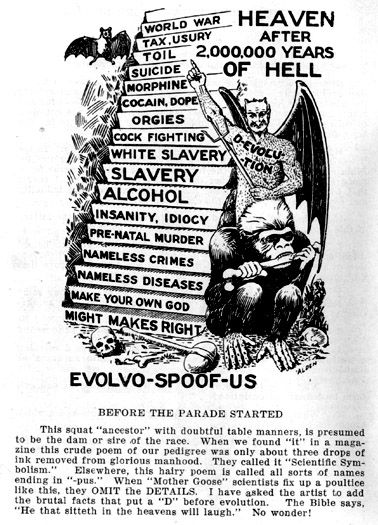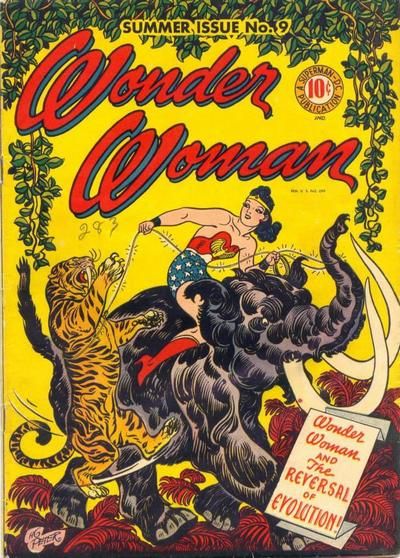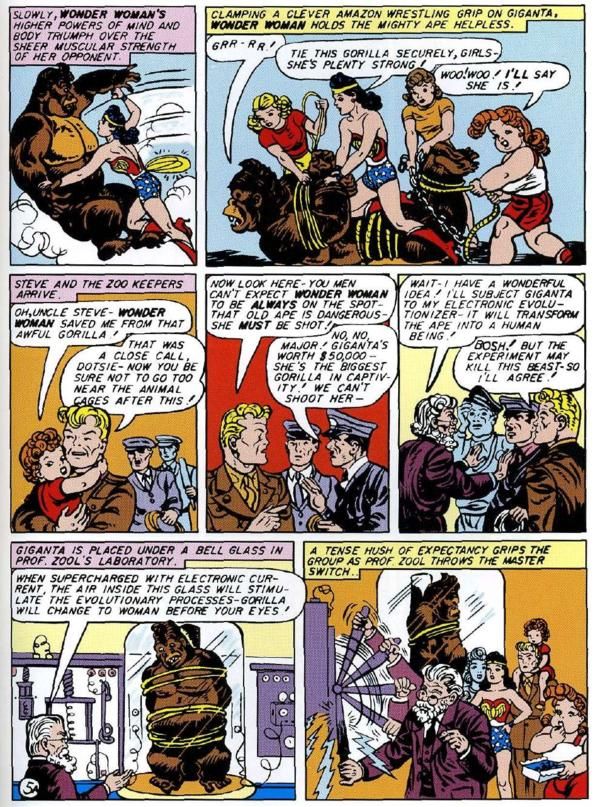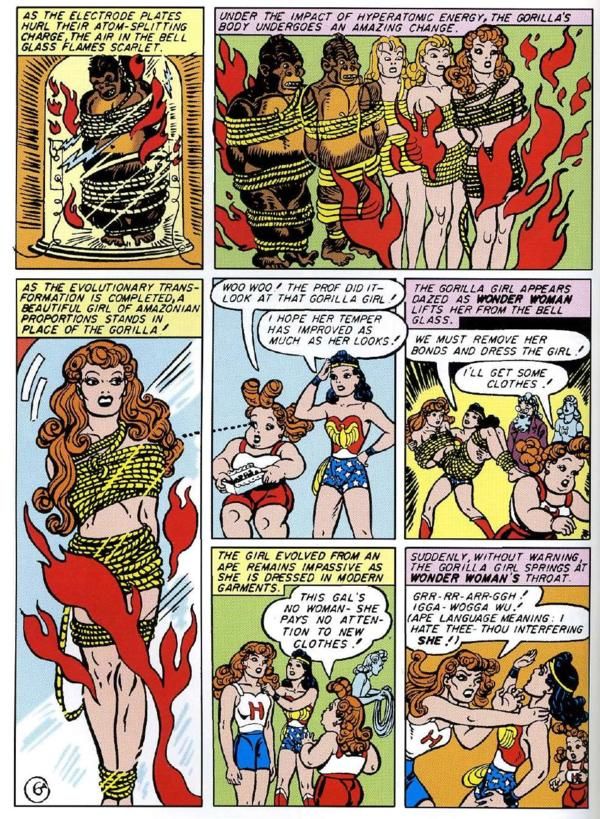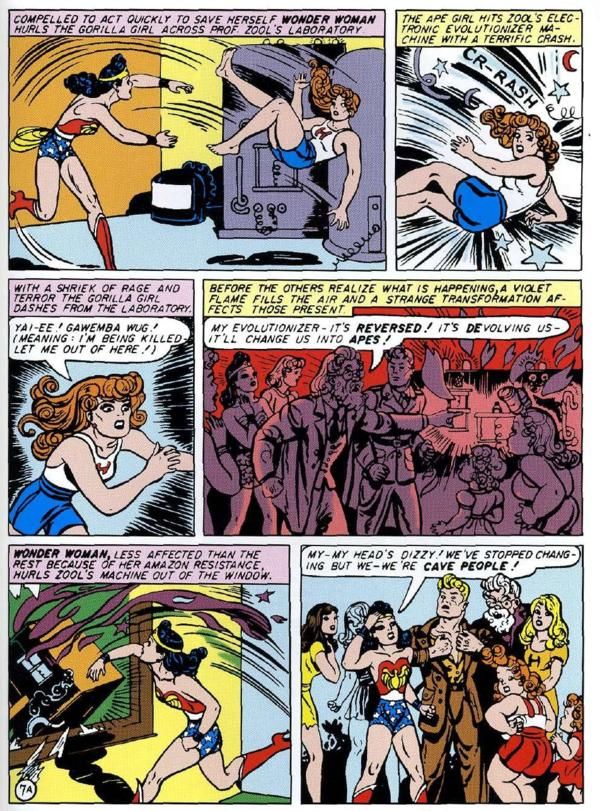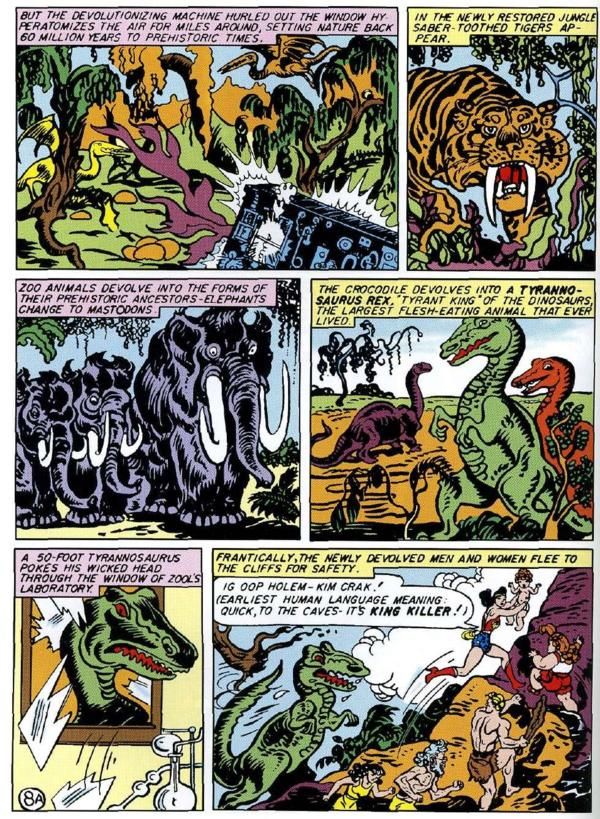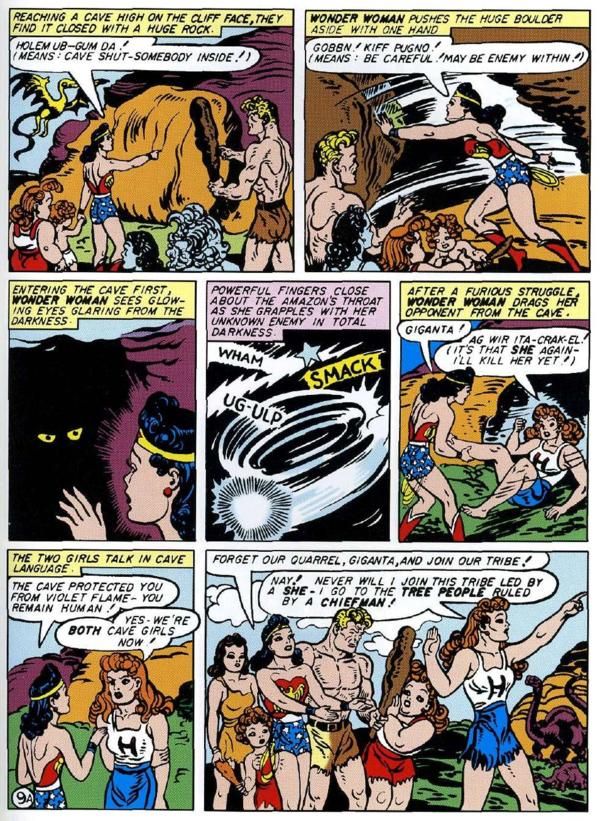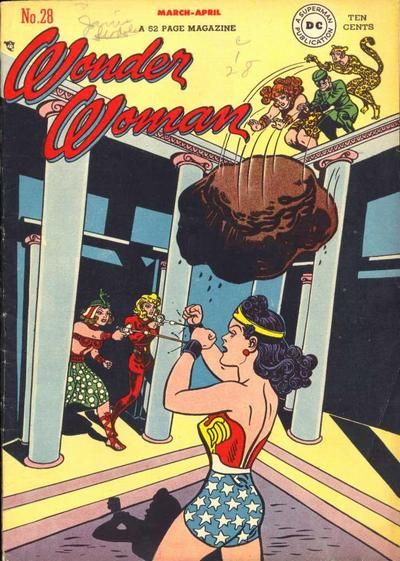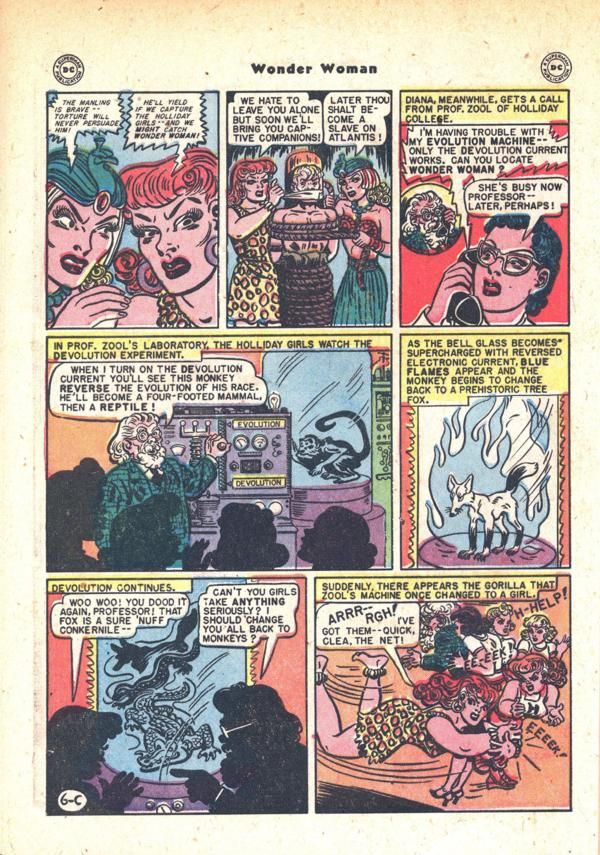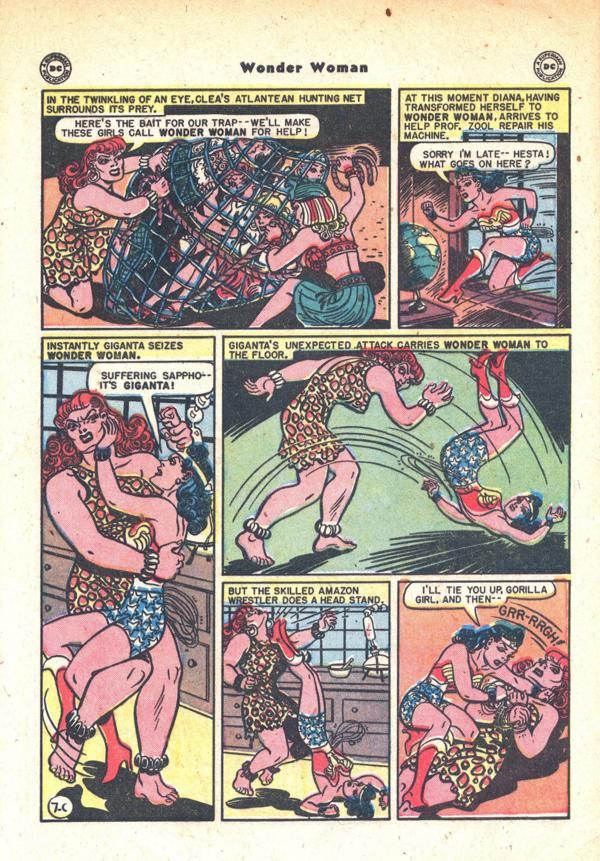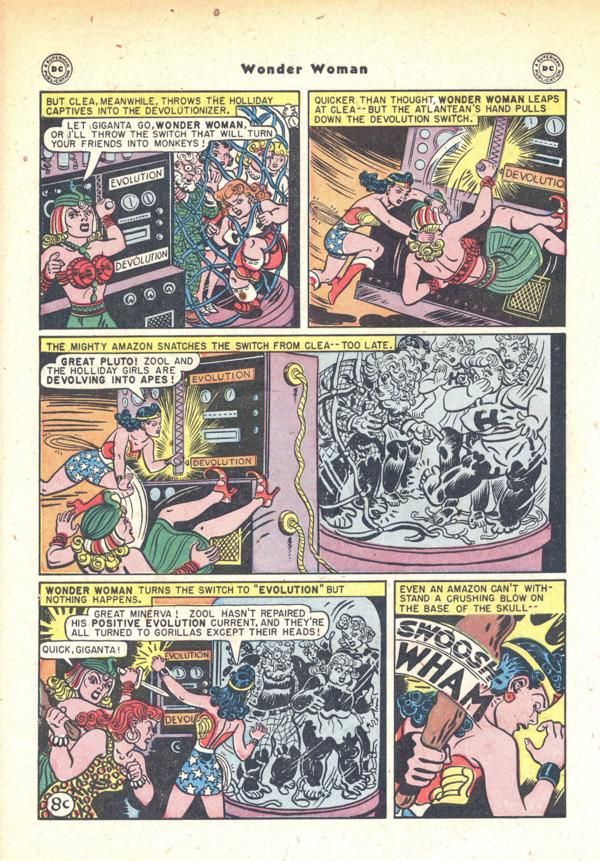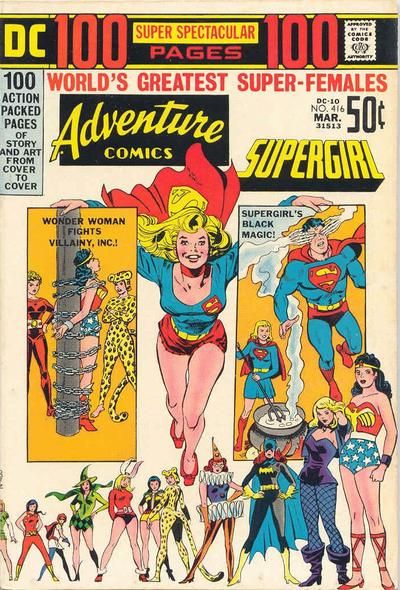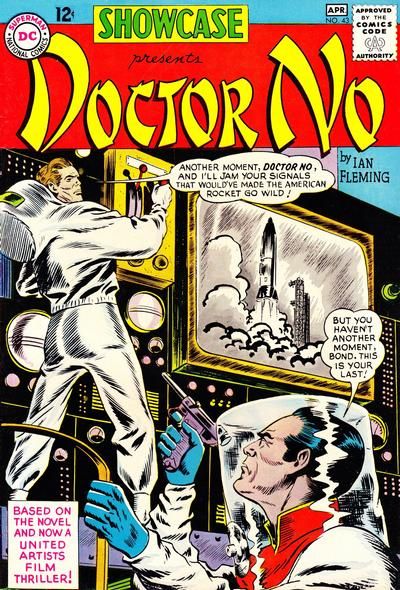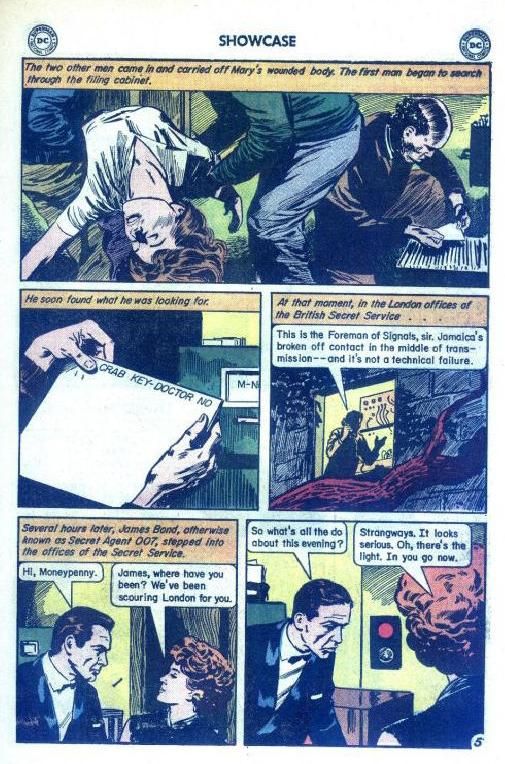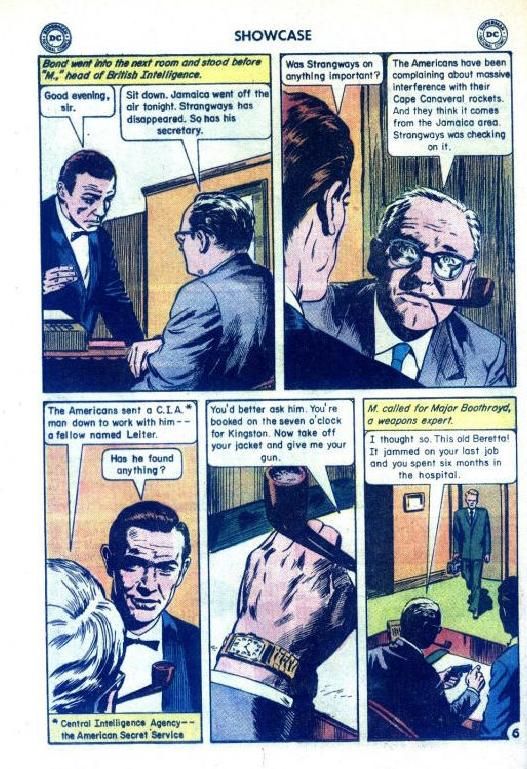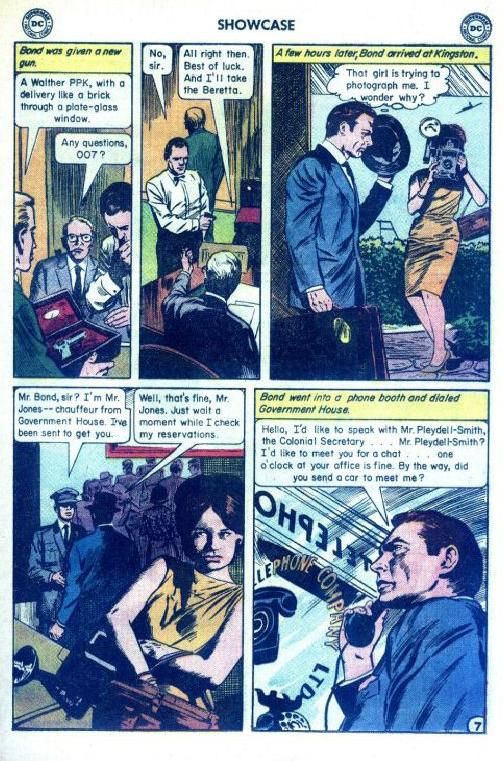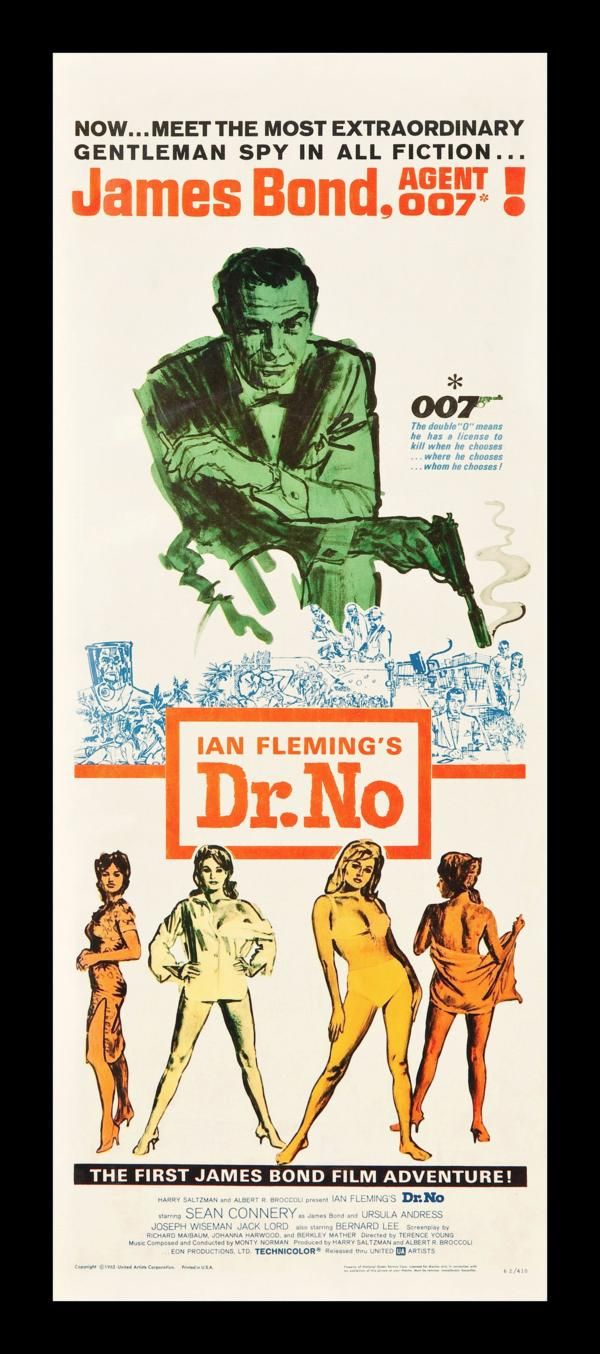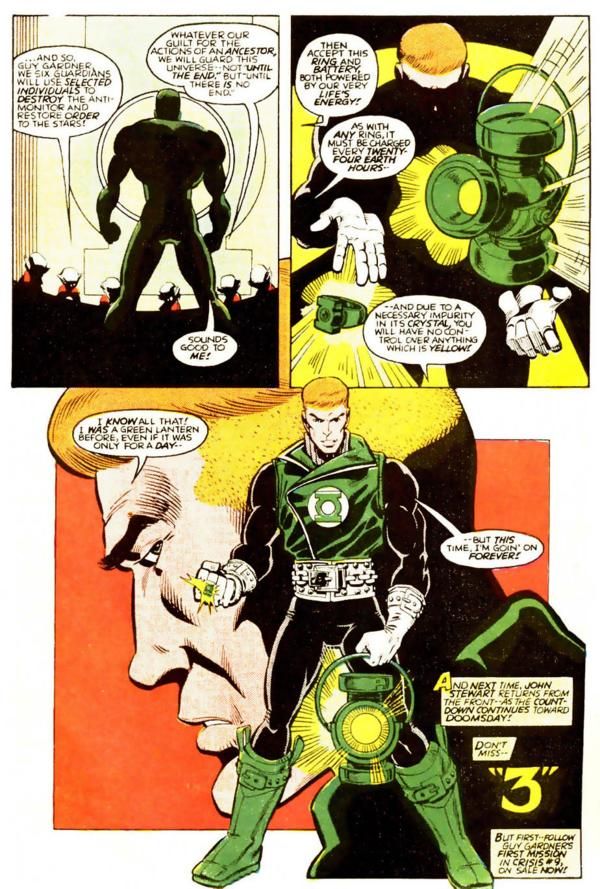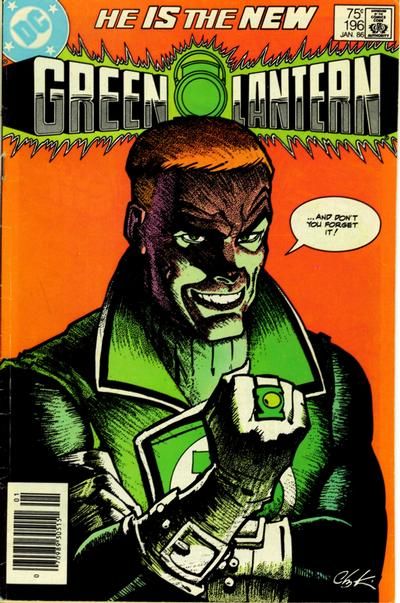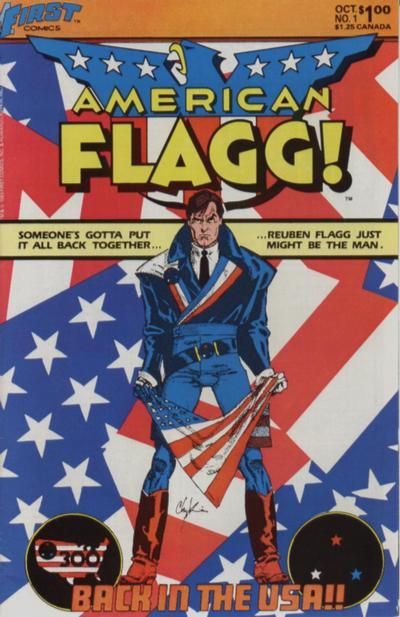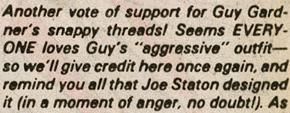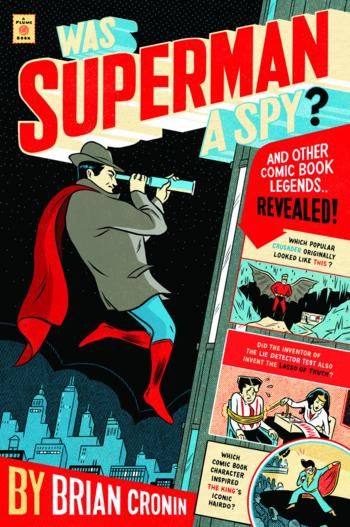Welcome to the two-hundred and seventy-fourth in a series of examinations of comic book legends and whether they are true or false. Click here for an archive of the previous two hundred and seventy-three..
Comic Book Legends Revealed is part of the larger Legends Revealed series, where I look into legends about the worlds of entertainment and sports, which you can check out here, at legendsrevealed.com. I'd especially recommend you check out this installment of TV Legends Revealed to see a special "All-Lassie" edition of TV Legends, including answering the question - "How many times during the Lassie series did Timmy fall down a well?"
Follow Comics Should Be Good on Twitter and on Facebook (also, feel free to share Comic Book Legends Revealed on your Facebook page!). As I've promised, at 2,000 Twitter followers I'll do a BONUS edition of Comic Book Legends Revealed during the week we hit 2,000. So go follow us (here's the link to our Twitter page again)! Not only will you get updates when new blog posts show up on both Twitter and Facebook, but you'll get original content from me, as well!
Let's begin!
COMIC LEGEND: The band Devo was partially inspired by an early issue of Wonder Woman!
STATUS: Sure Seems to be True
Nowadays, Devo is mostly known for their 1980 hit, "Whip It" and its bizarre music video.
But the origins of the group go back over a decade earlier to when Kent State art students Bob Lewis and Gerard Casale began joking about the concept of "de-evolution," the notion that human beings were becoming dumber and less thoughtful as time went on.
They made a series of art pieces under this notion. When they met Mark Mothersbaugh in 1970, the guys decided to form a band. The shootings at Kent State in May of 1970 were also a major demarcation point in the band's career, as they felt that the shooting was a clear sign that their joke about people actually WAS true!
The guys specifically credited three items of popular culture in their development of the idea of "de-evolution."
One notable example was the 1933 film, Island of Lost Souls, based on the HG Wells' novel, "The Island of Dr. Moreau," about mutated animals.
The line from the film, "Are we not men?" later made its way to Devo's first studio album, Q: Are we not men? A: We are Devo!
Another example (this was Mothersbaugh's contribution to the concept) was a 1924 Fundamentalist anti-evolution pamphlet titled Jocko-Homo Heavenbound, where the devil is shown as D-Evolution.
This inspired the Devo song "Jocko Homo" which, in turn, worked in the whole "Are we not men?" bit as a call and answer routine, "Are we not men?/We are Devo!" The song would later be re-recorded and included on Q: Are we not men? A: We are Devo.
Finally, and oddly enough, they were inspired by an old issue of Wonder Woman by William Moulton Marston and HG Peter.
You see, in 1944's Wonder Woman #9...
a scientist developed an evolution machine that is damaged, becoming a DE-evolution machine.
In Wonder Woman #28 (by the same creative team)...
the scientist's device returns...
This issue of Wonder Woman was later reprinted in Adventure Comics #416, which came out in late 1971...
So that was how the guys had access to a Golden Age Wonder Woman story.
In an 1978 interview with the band, Jon Savage asked Gerard Casale about the devolution idea and he responded:
Devolution was a combination of a Wonder Woman comic book and the movie lsland of Lost Souls, the original, with Bela Lugosi, Lon Chaney, Charles Laughton. That was various things I’d been thinking about devolution, of going ahead to go back, things falling apart, entropy. It grabbed every piece of information and gave it some kind of cohesive presence- it was a package. Just as our music and our identity exist as technique rather than a style.
Pretty crazy, huh?
Thanks so much to reader Peter W., who turned me on to this one. And thanks to Jon Savage for the interview and Gerard Casale for the information!
Also, thanks to the good folks of We Are Devo!, a complete guide to the history of Devo written by Jade Dellinger and David Giffels and edited by Jeff E. Winner, who turned me on to the specific issue that Devo was inspired by (and what comic it was reprinted in). Check out their site here and order a copy of what Chuck Klosterman called "as close as anyone will ever come to explaining where Devo's brilliant absurdity came from, and more importantly, why it was so culturally essential."
COMIC LEGEND: DC turned down an inexpensive option to make James Bond comic books.
STATUS: True
In early 1963, and odd issue of DC's Showcase was released, featuring an adaptation of the British film Dr. No.
The story was originally published in the British edition of Classics Illustrated, adapted by comic book writer/artist Norman J. Nodel. Nodel adapted the screenplay, not the film itself, and as a result, James Bond looks SORT of like Sean Connery, but not absolutely like Sean Connery.
You'll note that the word balloons are in the British style.
So with the film coming out in the United States in late 1963, the folks behind the film wanted to release the comic in the United States, as well. Classics Illustrated, however, was less willing to be a marketing tool in the United States, especially as their biggest market was schools and stuff like that - not the audience for an adaptation of a modern action film.
The film people asked Independent News if they could release it as a one-shot. Independent News said that they would not be willing to release it as a one-shot, but they instead worked out a deal with DC Comics (who were owned by the same group that owned Independent News) to publish the adaptation as an issue of Showcase.
DC did not exactly promote the comic, and at the time, James Bond was not well known in the States.
Had they waited a couple of months, they would have seen the film hit the States BIG TIME with its US release later in 1963.
However, when DC agreed to publish the issue (and really, as it was already written and drawn, it wasn't exactly a major burden), they were also given an inexpensive option (as the Bond producers did not know if the film would hit it big in the States either) to do a Bond comic book if they so wished.
DC did not do anything with the option and seemed to have forgotten about it, even as the Bond films became international smashes throughout the 1960s. Finally, with the option set to expire in 1972, DC seriously considered doing a comic book based on Bond, but with Sean Connery announcing he was leaving the series, they decided against it.
I know it was a different environment, and certainly, a James Bond from DC during the 1960s/early 1970s would have been a LOT different from the films, but still, you would think it would have done pretty well, no?
Ah well, what is done is done, I suppose.
Thanks to Mark Evanier, who detailed the whole story on his site here, and thanks to our own Greg Hatcher for giving me the head's up on it in a column a couple of years back (sometimes I take quite awhile to get around to using an idea - Peter's Devo/Wonder Woman idea "only" had to wait a couple of months!).
COMIC LEGEND: Howard Chaykin designed Guy Gardner's famous costume that debuted during the Green Lantern tie-ins with Crisis on Infinite Earths.
STATUS: False
I'll freely admit that occasionally even I'm taken in by a "Comic Book Legend." Heck, the whole column STARTED because I fell for one years ago involving Walt Simonson's Fantastic Four run.
This time around, it involves Guy Gardner, or more specifically, the new costume he began wearing starting in Green Lantern #195.
The costume debuts at the end of Green Lantern #195, drawn by Joe Staton.
However, it first appears on a cover by Howard Chaykin for Green Lantern #196.
Chakyin was not the regular cover artist for Green Lantern, and if you look at Chaykin's work, like his popular American Flagg series (which was still going on at the time), the design of the two costumes are similar enough that you would think Chaykin designed them both.
And that's what I had read over the years in a number of places. For one example, here's the great DC Timeline website:
Green Lantern 196 features the return of Guy Gardner, the renegade Green Lantern in a new costume designed by Howard Chaykin. Steve Englehart writes and Joe Staton draws.
However, commenter Francisco Gonzalez pointed out that Joe Staton was the one who designed the costume.
And sure enough, just a few issues later, in Green Lantern #199, the letter column states:
So it was Joe Staton who designed the popular costume. Good job, Joe!
Thanks to Francisco for the head's up!
Okay, that's it for this week!
Thanks to the Grand Comics Database for this week's covers! And thanks to Brandon Hanvey for the Comic Book Legends Revealed logo!
Feel free (heck, I implore you!) to write in with your suggestions for future installments! My e-mail address is cronb01@aol.com. And my Twitter feed is http://twitter.com/brian_cronin, so you can ask me legends there, as well!
As you likely know by now, in April of last year my book came out!
Here is the cover by artist Mickey Duzyj. I think he did a very nice job (click to enlarge)...
If you'd like to order it, you can use the following code if you'd like to send me a bit of a referral fee...
Was Superman a Spy?: And Other Comic Book Legends Revealed
See you all next week!

